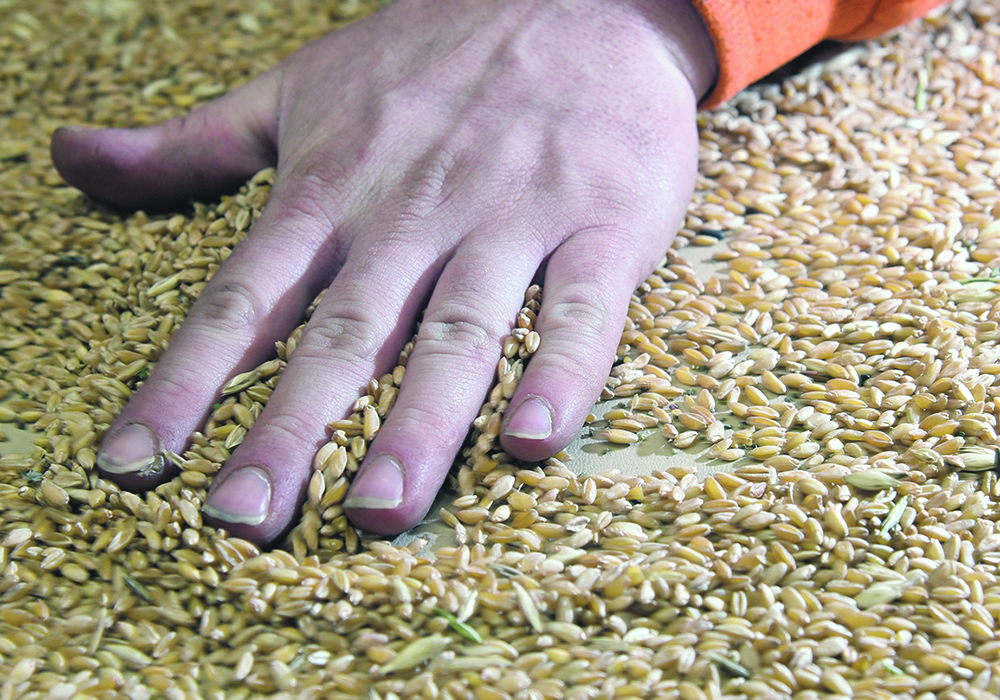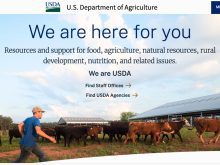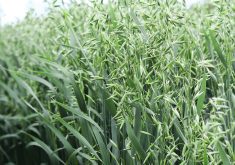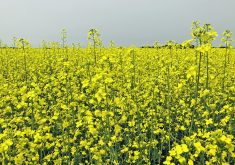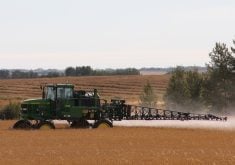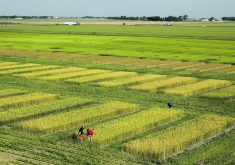Ag minister says grain act legislation almost ready, and producer group hopes it deals with the costs of double inspections
Canada’s agriculture minister plans to table legislation to modernize the Canada Grain Act before the end of the year.
“It’s almost there,” Marie-Claude Bibeau recently told members of the House of Commons agriculture committee.
“I hate to give dates. My team wants to kill me when I give dates, but my own personal target is I want to table it before Christmas.”
There have been multiple failed attempts to modernize the Canada Grain Act. The last major revision occurred in the 1970s.
Read Also

Canadian Food Inspection Agency red tape changes a first step: agriculture
Farm groups say they’re happy to see action on Canada’s federal regulatory red tape, but there’s still a lot of streamlining left to be done
Jim Smolik, stakeholder relations officer with the Wheat Growers Association, wants Bibeau’s legislation to tackle the thorny issue of duplicate grain inspection fees.
“We’re certainly hoping that would be something that she would look at,” he said.
Agriculture Canada spokesperson Samantha Seary said the act is being updated to reflect modern practices of how grain is bought, sold, delivered and handled.
She would not say whether duplicate inspection fees would be addressed in the update.
“Changes to the Canada Grain Act will aim to meet the needs of the sector, now and in the future,” she said in an email.
The existing act states that every vessel leaving Canada, except for those headed to the United States, must be officially weighed, graded and issued a Certificate Final by the Canadian Grain Commission.
But these days, many overseas customers want something different. They are demanding third-party inspections.
They hire private companies, such as SGS, to inspect shipments when they are being offloaded in their countries and are demanding the same companies inspect the shipment at the time of loading in Canada.
The value of a 50,000-tonne cargo could exceed $40 million, and customers want to ensure that the quality at loading equals the quality at offloading.
The Wheat Growers Association estimated 70 percent of the grain leaving Canadian ports is consequently being double-inspected, resulting in $60 million in unnecessary annual costs for growers.
The CGC’s inspection fees used to be mostly covered by taxpayers. But in 2013, the commission switched to a user-fee model.
The cost for an outward official inspection more than tripled to $1.60 per tonne in 2013-14 from 51 cents before the introduction of user fees.
The fee has come down since then. In 2023-24, it will be $1.11 per tonne.
But that is on top of about 40 cents per tonne grain companies pay to third parties to inspect the grain, similar to what American exporters pay for a Certificate Final, according to Smolik.
The grain companies are paying all the fees, but those costs flow back to farmers through the basis.
Smolik said Canadian growers can’t continue incurring additional costs compared to their U.S. counterparts like duplicate inspection fees and a carbon tax on their fuel.
“We have now reached the situation where this cannot be ignored any longer,” said the former chief commissioner of the CGC.
The Wheat Growers wants Canada to move to the U.S. model where third parties provide the services and the government’s role is reduced to oversight.
That would likely result in a reduction of the CGC’s staff, which includes about 200 people in port positions.
Smolik said concerns have been raised that China and Japan, two important customers who are content to rely on CGC inspections, would stop buying grain from Canada if it switched to a system of third-party inspections. But he noted those two countries buy grain from the U.S. all the time, so those concerns are likely unfounded.
Smolik said the recent Public Service Alliance of Canada strike provides proof that the proposed system could work.
Bibeau provided an exemption during the strike, allowing grain to load without a CGC Certificate Final if it was inspected by a third party.
“Customers were happy and additional double inspection costs to the industry of those vessels loaded did not accrue back to producers,” he said.


